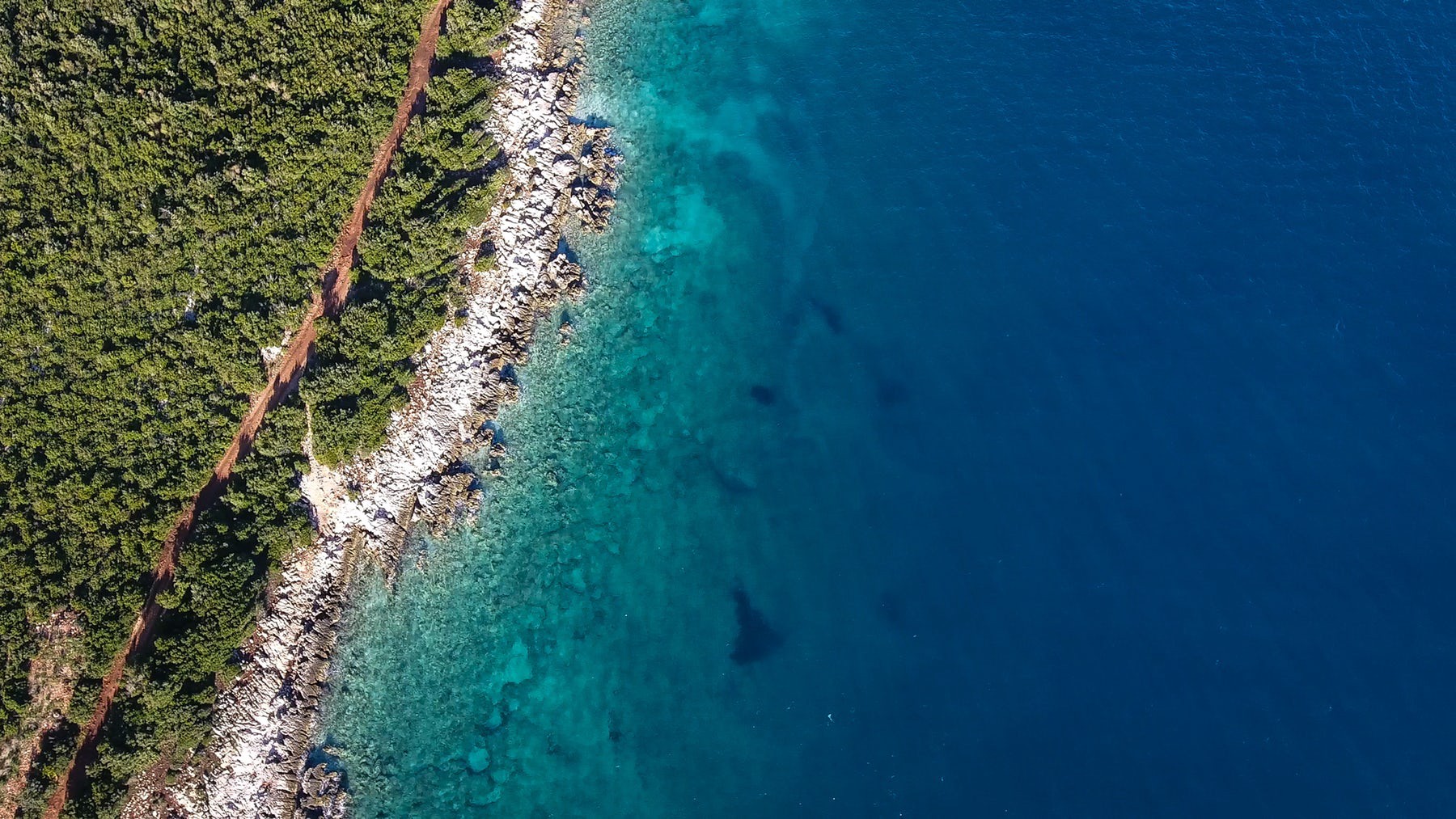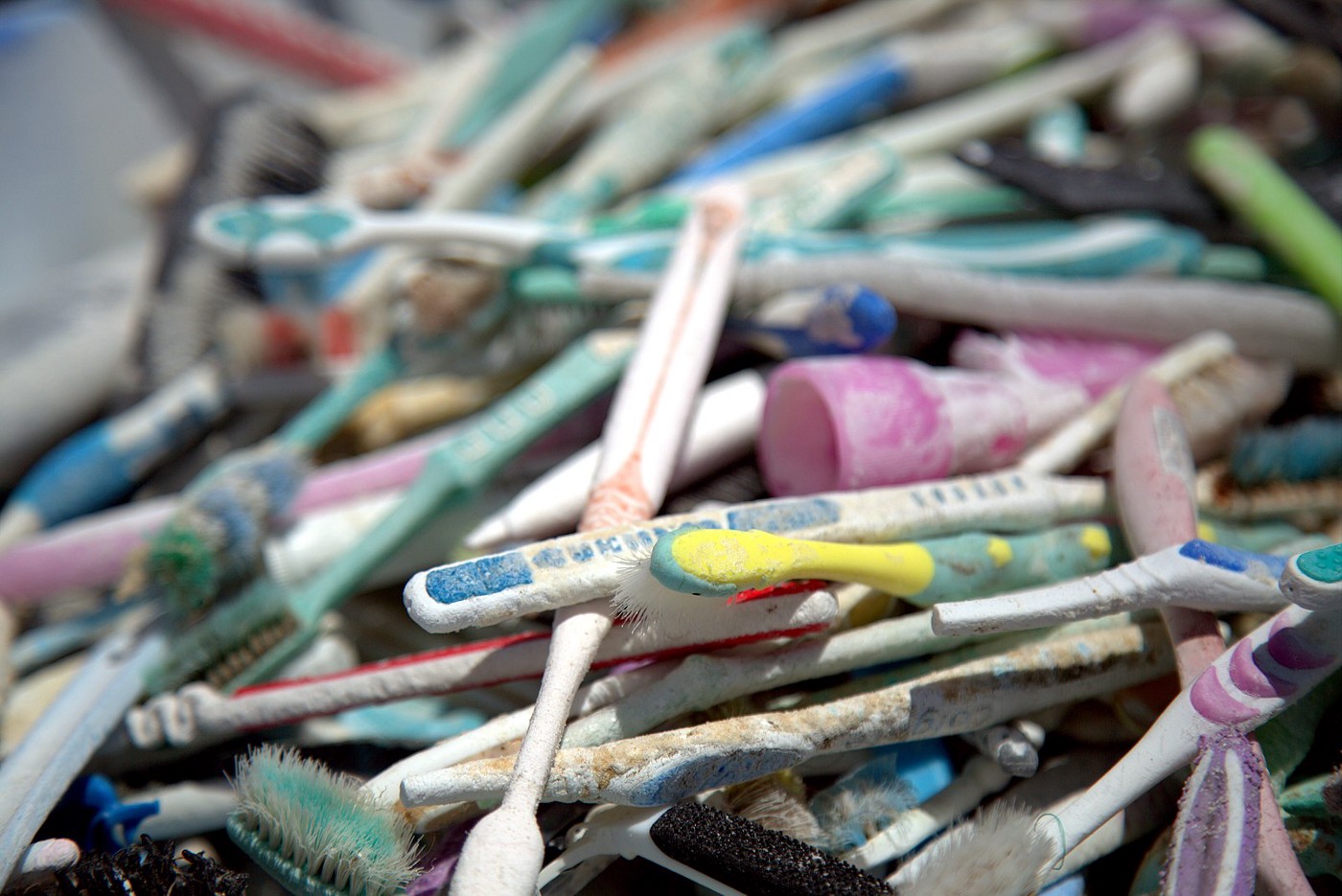1. Use an eco-friendly bamboo toothbrush with natural bristles.
2. Use natural fibre dental floss coated with beeswax. Traditional dental floss is made of nylon or teflon, the same stuff in non-stick pans.
3. Avoid non-stick pans coated in teflon. Teflon breaks down into microplastics, which are tiny pieces of plastic less than five millimetres. Not only are you eating it, but these tiny particles go through the sewage system into our waterways and oceans. We then eat the fish that eats these tiny plastic particles.
4. Say no to disposable plastic razors.
5. Use hair products without plastic ingredients like silicone and petroleum. Read the labels carefully! Better yet, go waste-free. Try a natural shampoo bar instead of one with plastic packaging and quench your tresses with natural plant-based oils. Eighty percent of all global industrial and municipal wastewater is released into rivers without any treatment.
6. Leave microplastics out of your skincare routine. Look for natural products without exfoliating microbeads in your facial and skincare products. Some products offer sea salt and plant-based scrubs like crushed kernels of apricot and coconut husk.
7. Use a cotton wash towel, a hemp fibre “cotton round,” or organic cotton instead of disposable cotton swabs and rounds to deep cleanse your facial pores with toner or to remove make-up. While cotton disintegrates, the chemicals in cotton can leach into our environment or harm wildlife.
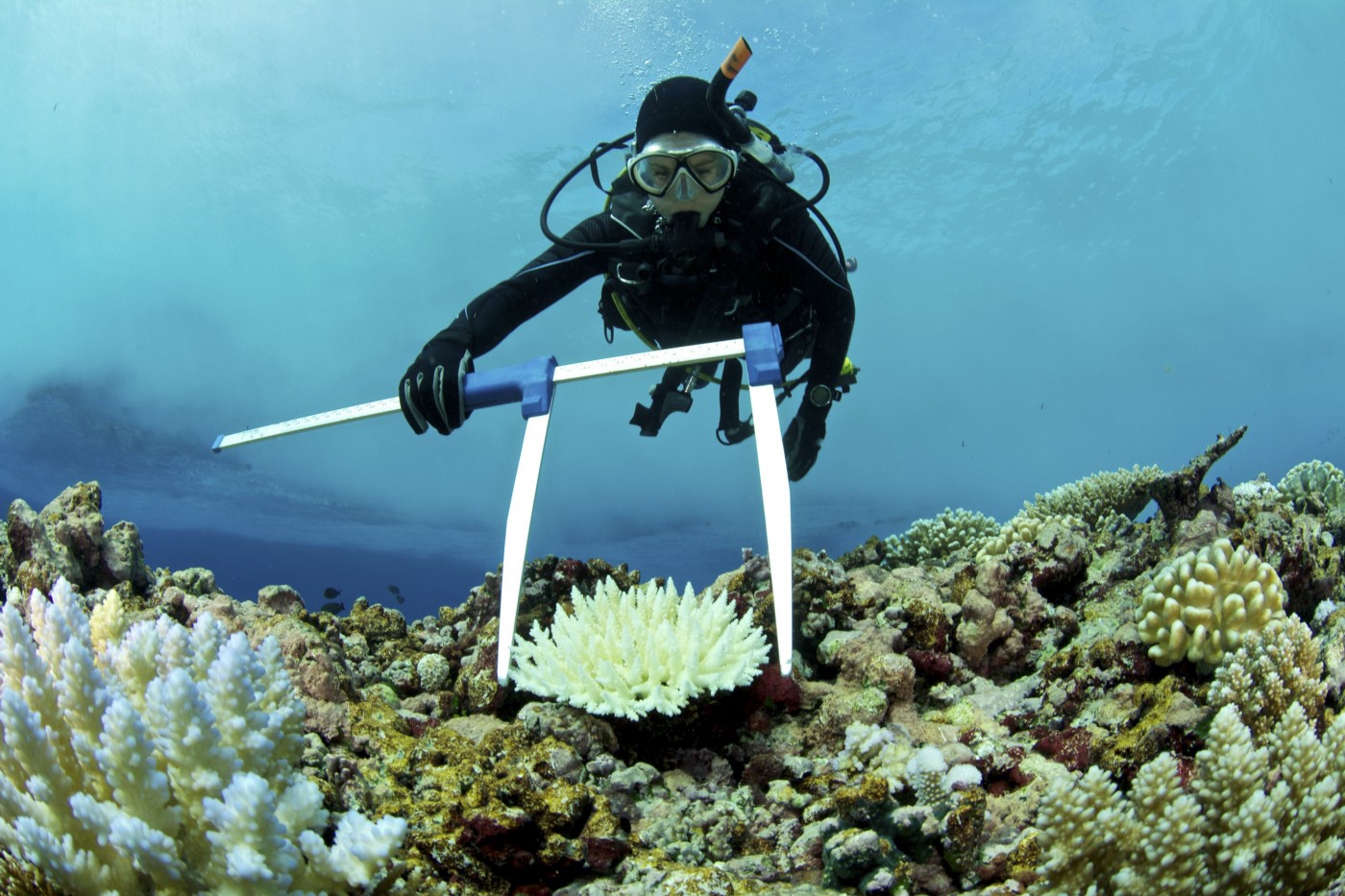
8. If you love to go fishing on your days off, be mindful to take your fishing gear home with you, especially your fishing lines. Ghost nets and ghost fishing gear like nylon lines, hooks and nets will continue to travel with the ocean current where they trap and tangle fish, birds and large marine life such as whales, for up to 1,000 years after their owners lose them or throw them off board. Forty-six percent of the Great Pacific Garbage Patch, a giant area of garbage as large as Texas, is made of ghost nets. This giant patch is currently moving through gyres, which are the highways of ocean currents worldwide, creating a vortex of tangling and choking garbage that pulls in nearby marine life and plastic garbage.
9. Skip balloons at parties and celebrations. Balloon scraps can choke and strangle animals and marine life.
10. Just say no to glitter. Shiny and tiny, this microplastic can be confused for food by fish.
11. Carry a reusable water bottle. Don’t let your bottle be one of the 1 million plastic bottles which are bought every minute worldwide.
12. Carry a reusable plastic-free thermos for your morning coffee or tea.
13. Always keep a few reusable bags rolled up at home, at work and in your bag. Remember to also carry smaller reusable bags for fruits and veggies. More than 1 million bags are used every minute according to the UN Environment.
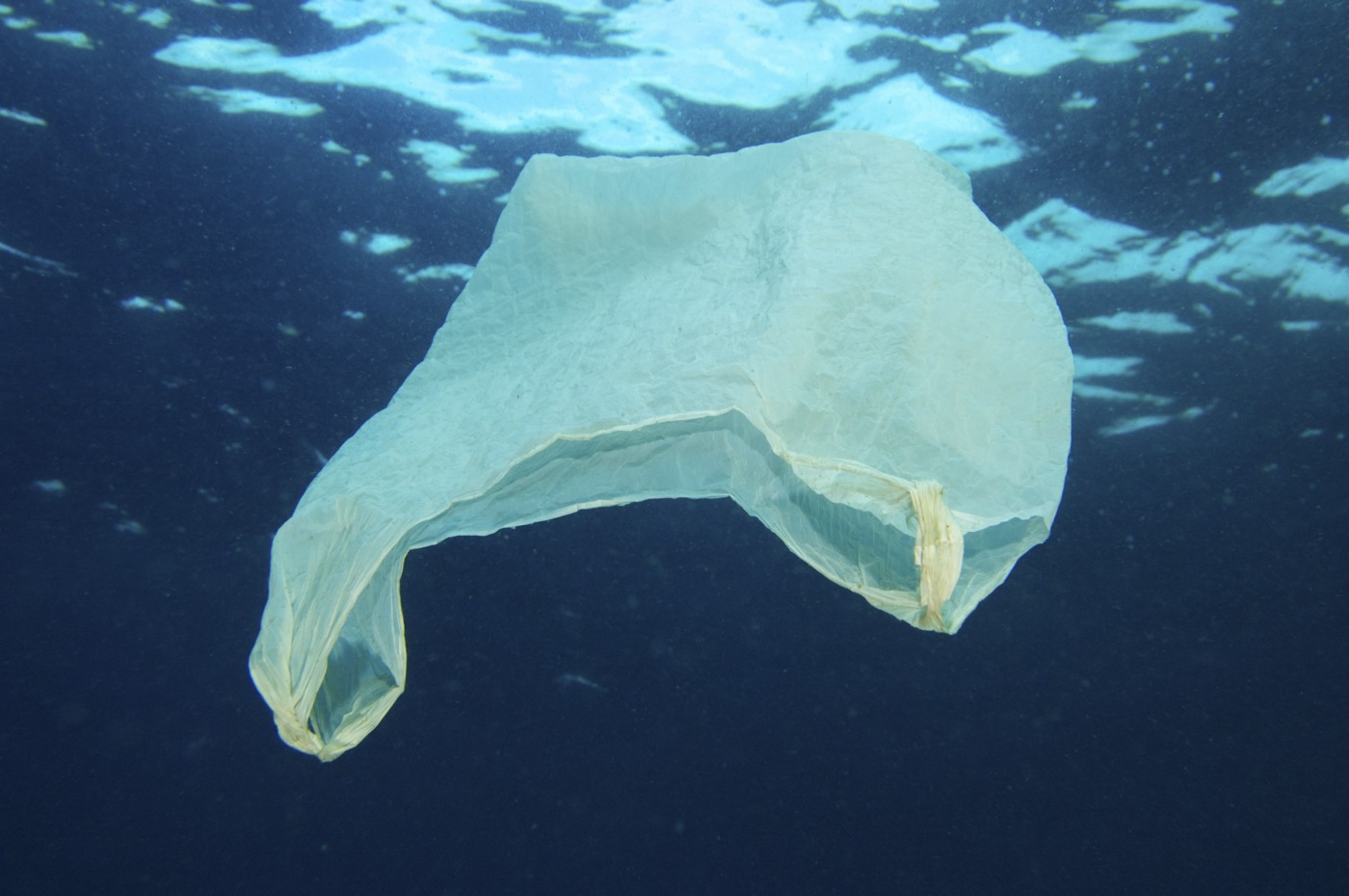
14. Pack your own lunch in a reusable plastic-free container. It’s healthier and saves money. Why not petition your favourite lunch food spot to replace plastic packaging with sustainable alternatives like BYO (bring your own) lunchbox and coffee cups.
15. Say no to plastic straws. Opt for reusable metal straws to enjoy your smoothie.
16. Opt for natural fabrics and textiles. Reduce the amount of clothes with synthetic plastic fabrics in your wardrobe. They release tiny microplastic dust particles that end up in our ocean and in our lungs. Even synthetic carpets and rugs release microplastics dust particles.
17. Use eco-friendly detergent, dishwashing sponge made of natural fibre and cleaning products that won’t harm our rivers, coral reefs, and oceans.
18. Opt for plastic-free packaging if you can. Recycle your existing plastic. Reduce your plastic use. Even biodegradable plastic doesn’t fully degrade. Of the 14 percent of plastic packaging that is recycled worldwide, only 5 percent is retained for use after an expensive and lengthy sorting and reprocessing.
19. Don’t litter. Nearly one-third of the plastic packaging used worldwide become litter that ends up clogging our city streets, sewage systems and ultimately travel to our rivers and oceans.
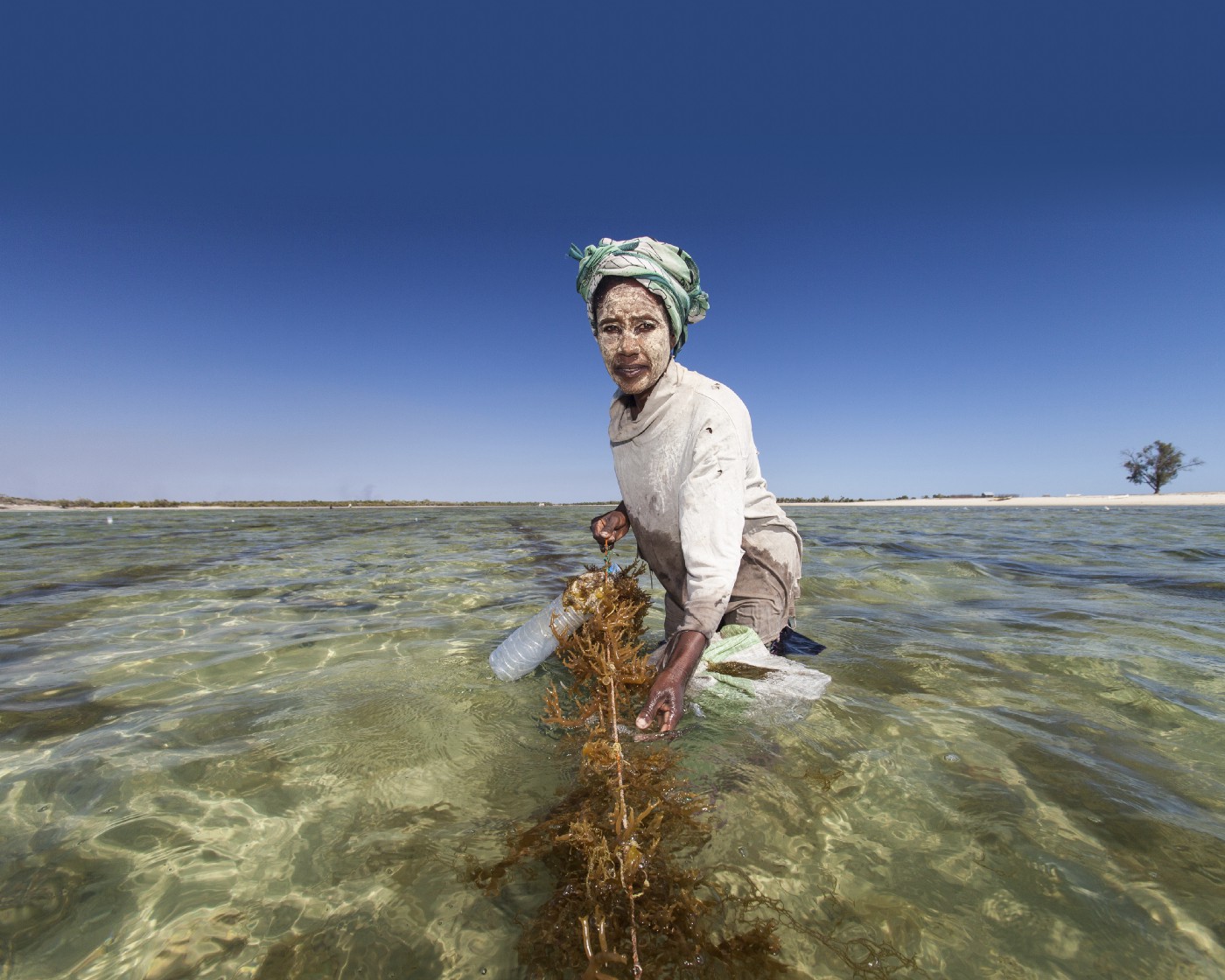
20. Reducing plastic pollution will require big action from governments and businesses. Take civic action and adopt behavioural science in your approach. No matter our differences, it’s best to identify one value that all community members can agree to work toward, for example, a clean park.
- Think about the people in your community. Identify one priority that matters.
- Define their behaviours. What are easy steps that can fit into their budget, lifestyles, daily routines and schedules?
- Have a discussion on solutions from the community for the problem. Work together to define and envision success. Reach agreement by identifying solutions that will work in the interest of your stakeholders (community, businesses and local officials).
- Form a pact with your community through an action plan that’s short and easy to understand, free of jargon, user-friendly, affordable and realistic for local officials, businesses and community members to test out.
- Be sure to add a section with the proposed resources you’ll need such as the number of people and steps for getting volunteers and supplies through donations or funding as part of your budget.
- Always set a realistic timeframe and offer a short summary of successful results.
Now share your plan with your local government representative, businesses and community board. The more you approach officials and your community board with a solution, a clearly defined plan, a list of people who will take ownership to implement the plan and answers for funding the plan, the more likely your local government and community board will be open to testing out your proposal.
Do you have a suggestion to add to our list? Share your tip by commenting below. Be sure to #BeatPlasticPollution online and offline every da




